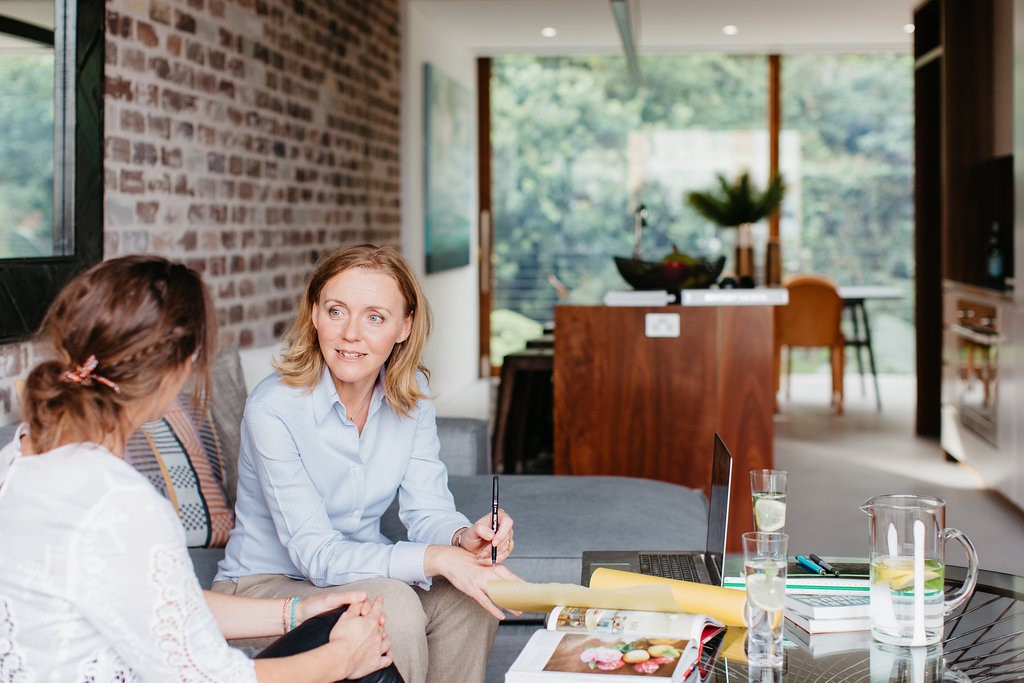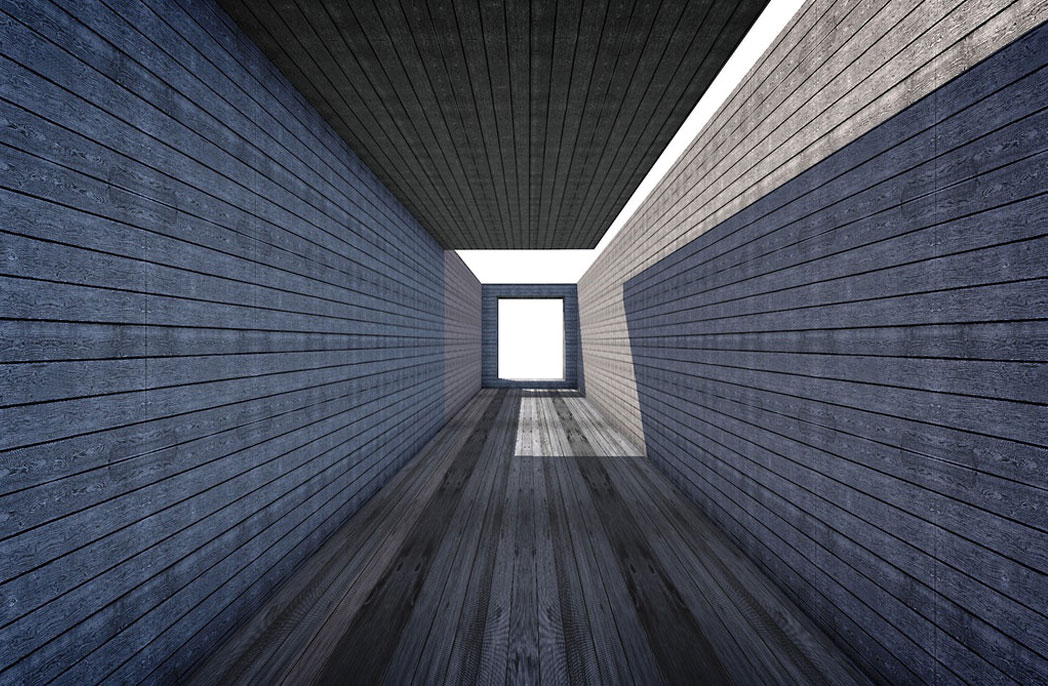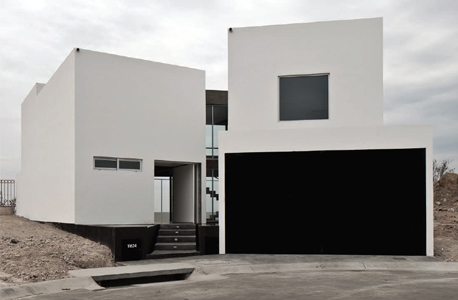
Why design thinking is integral to your business not just your projects
Why design thinking is integral to your business not just your projects
Share
Design isn’t just about the plans you draw up for the buildings you create. Design thinking should be an integral part of your business model too.
Design thinking is the antithesis of resting on your laurels, of reusing past methods and approaches or rehashing ideas. It is about finding the client’s specific problems and then questioning, refining and testing iterations until the appropriate, workable, simple and elegant design emerges, says Jennifer Crawford, founder and director of Our New Home Coach.
Design thinking flows through her architectural blood, inculcated throughout her professional life, starting with Lendlease where she worked as an architect (she is registered) for 12 years.
There she learned the importance of a holistic approach, zooming “right out to understand the overall context”, identifying all the design issues and gradually resolving them.
At its heart, design thinking seeks to answer, “What does a client want?” That’s what Aurecon global chief executive officer Giam Swiegers said at last October’s Good Design Australia forum, ‘Design as Strategy: Design to Innovate – Innovation as an Object of Design’.
First, ask the client, “why?” and only then can you move onto the more familiar “how?” and to solutions that will “challenge the norm with a new opinion or idea”, said Swiegers.
Whatever the size of business, the onus is on being “resourceful and inquisitive enough to think things through and work with others to make bold and wise decisions, not taking people where they want to go, but where they ought to go,” he urged in his keynote speech.
The ensuing strategy, forum speakers indicated, is for “collaborative conversations, homing in on “creating and capturing value for a client” and remembering that, ultimately, “details make perfection”.
To reach this point, strategy designer Ben Hamley advised the “need to devise hypotheses, quantify the business risk, conduct experiments, make prototypes and validate assumptions”.
Clarifying decisions for clients
Meanwhile, Crawford is convinced that asking clients what is troubling them, however apparently small, is meeting a need (as her website states) to provide “clarity and confidence in their decisions about their land, builder or home design”. Potentially saving clients “thousands of dollars on build and ongoing running costs” is another attraction, of course.
She says she has two streams of people: ones who have not started renovating or building and others who have come unstuck midway. The former group often have too many ideas, so she discusses what they want from the project and what actions they should take.
Then there are the people who have already worked with an architect, draftsperson or builder, but it has never felt quite right for them. “We go through all the drawings page by page. ‘Do you understand this? How small it is, how tight?’”
People appreciate talking about their concerns with someone who understands what they are building, especially as she offers independent support. “It’s the little bits that can transform what may be a bog standard plan into something that can really work for them.”

She remembers a seven-figure renovation slated to be published in Vogue, which on close inspection of the plans showed no linen cupboards. “‘Well, get one’, I said. ‘But where can I put it?’ We looked at the plan. ‘We can move this wall, shift that a bit, and there is your linen cupboard’.” Crawford reassured the client it could be done. “We were not even at DA stage.”
She has joined a couple of Facebook groups including Renovating Mums Northern Beaches (in Sydney). “There is so much activity there.
People pose questions on Facebook and when I see one I can answer I do. I get a lot of enquiries this way, not necessarily from the person who asked the question, but from someone who observed my answer.
“I am overhearing, mainly men, saying, ‘No one respects architects anymore and nobody pays their fees’. If that is happening, then look at your business model and at what you are really offering.”
She charges $250 for a site visit and informal Q and A, $400 for longer and $550 for more in-depth discussion plus a five-page report. This is becoming popular and her business is growing faster than ever.
“Architecture to me is like doing a jigsaw puzzle. You have all the pieces and keep putting them together. Some fit and some don’t. And then you see the picture. “That’s it, that’s all it could ever be. ”This is the same process regardless of the scale of the job. “Door handles for a community or for 10,000 people demand the same level of thought,” she says.
“Design is king at university,” she says. Young architects think, ‘business stuff is naff’. She is also astonished at meeting seasoned architects who do not have foolproof invoicing systems, for example.
Crawford is appealingly pragmatic. “Clients need a little bit of help, so I give them a little bit of help. I do not overservice them. I send them an invoice and they pay me. If they need more (e.g. a hand-drawn concept plan or help with a DA) they come back to me and, if they don’t, I wish them well.”
This article originally appeared in AR155 – available online and digitally through Zinio.
You Might also Like


















